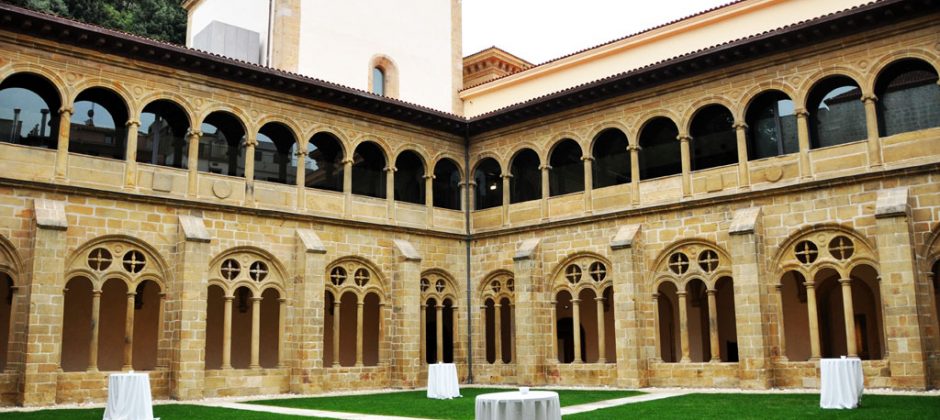An exhibition tour through the Green Spain

The low temperatures and the inclemencies of the weather typical of this season favor alternative plans that allow the shelter without losing the cultural interest. From Five Sensations , we suggest a route through the history of the communities that make up Green Spain, present in its most relevant exhibition spaces.
Galicia
Galician Contemporary Art Center, in Santiago
Located in the historic center of the Galician capital, next to the convent of San Domingos de Bonaval, the Galician Center for Contemporary Art has been characterized, since its opening, by merging the dissemination of international art milestones of recent decades with the discovery of new Galician talents.
Designed by the Portuguese architect Álvaro Siza, the center has a program of temporary exhibitions since 1995 and a set of activities that house different disciplines. Among them, stand out the workshops given by artists, the conference cycles or the encounters between artists and critics.
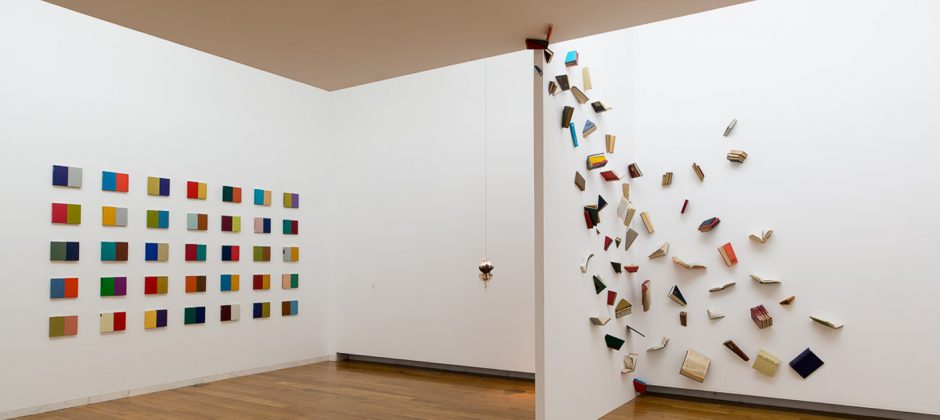
Museo do Pobo Galego, in Santiago
The old convent of San Domingos de Bonaval, is today the scene of the Museum of the Galician People. This space offers visitors an expositive view through Galician culture. In its permanent rooms it is possible to find objects related to the world of the sea, traditional crafts or popular architecture. In addition, it has other sections focused on aspects such as Galician painting or sculpture. The museum also accommodates temporary exhibitions of heterogeneous themes.
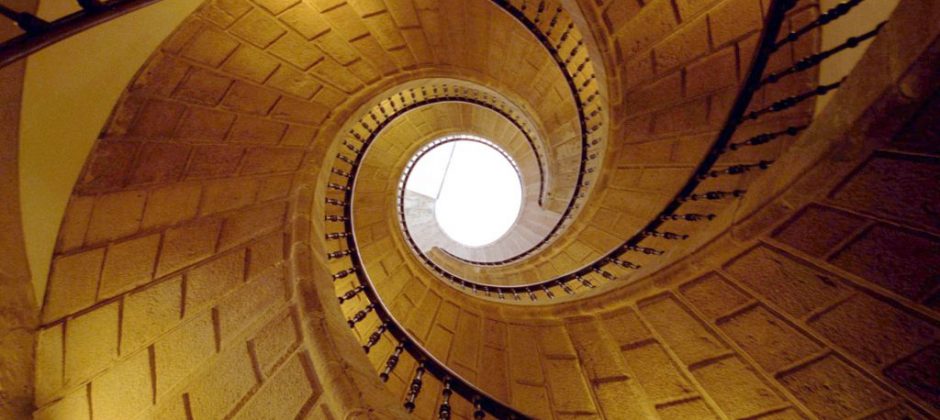
Museum of Fine Arts, in A Coruña
The one that is one of the most recognized cultural references of all Galicia, is in the old convent of the Capuchinas of the XVIII century. With funds that hold more than 5,000 pieces, this museum covers different artistic disciplines, such as painting, engraving or ceramics. In its rooms, native painters from the 19th and 20th centuries and other international painters such as Rubens meet. Its extensive collection began to take shape at the end of the 19th century and has been growing little by little thanks to the collaboration of different donors, artists and public institutions. The museum has permanent exhibitions of artists such as Goya, and temporary exhibitions dedicated to an author, period or specific artistic movement.
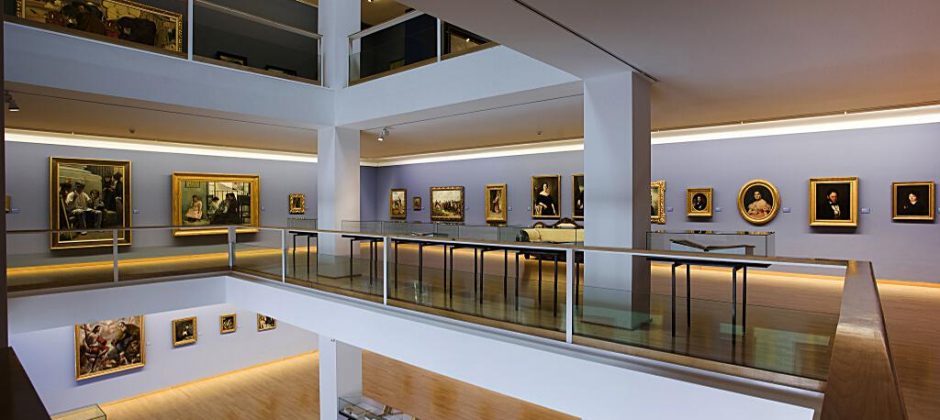
Asturias
Jurassic Museum, in Colunga
The originality of this museum begins with the tridactyl footprint of the dinosaur that makes up its structure. This space also has the peculiarity of being one of the largest samples that exist on these reptiles around the world. In addition to its impressive collection of reproductions and skeletons, located along 2,500 square meters of exhibition, the museum stands out for its incredible location. At 155 meters above sea level, the museum has views of the port of Lastres and the beach of La Griega, where there is a deposit of sauropod prints. The museum offers a journey through the different ages of the Earth, focusing on species that populated it millions of years ago. The replicas of life-size dinosaurs at the entrance to the center stand out.

Cider Museum, in Nava
Cider is the main hallmark of Asturias and, behind this product, there is a whole characteristic culture exhibited in this museum, which belongs to the Network of Ethnographic Museums of Asturias. In it it is possible to know the production cycle of cider with the recreation of typical Asturian spaces. It is an interactive exhibition in which the visitor can, at all times, perform activities such as playing the bagpipes.
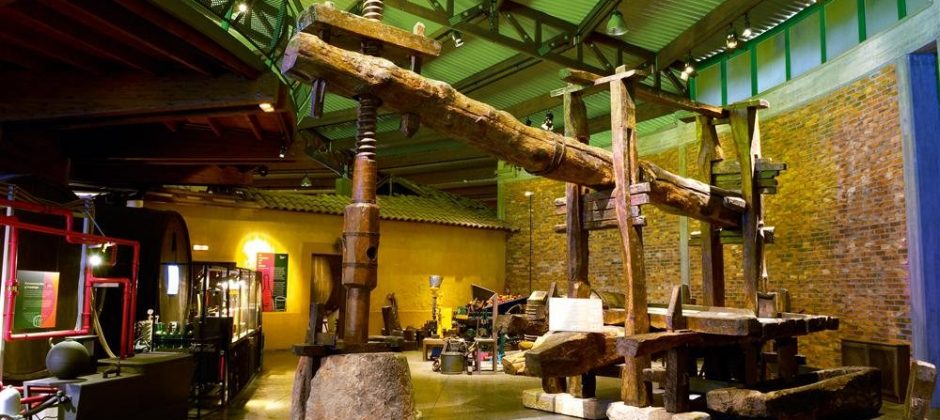
Museum of Mining and Industry of Asturias
The Industrial Revolution that began in the eighteenth century in England had its echo in Asturias through the development of its mining industry, an activity that gave support to many families until its decline in the mid-twentieth century. The impact that mining had in Asturias is reflected in this museum, in which it is possible to delve into the old mining technologies, the history of the Industrial Revolution or the scientific instruments used in this activity. In addition, the space has the well-known one like “Mine image”, a reproduction of a mine in which all the details of the extraction of the coal and the physical and technical conditions of this activity can be observed.

Museum of Emigration, in Colombres
One of the social phenomena that most marked Asturias was the emigration to America in the late nineteenth and early twentieth centuries. Its footprint remains indelible in buildings built with an indian architecture that evokes the years of bonanza achieved on the other side of the Atlantic. One of them is the Quinta de Guadalupe, construction that currently houses the Museum of Emigration. In it, the visitor can make a tour that imitates the emigrant’s trip, because the content of the museum is divided following the stages of this journey: the necessary documentation to emigrate, images of crossings or photographs of some of the protagonists of the exile.

Cantabria
Museum of Prehistory and Archeology, in Santander
This museum, located in a building built between 1839 and 1842, was declared an asset of Cultural Interest in 1986. Its wealth lies in the material remains available, all from deposits such as La Garma or Altamira . Among its more than 2,600 objects are movable art, carved bone and antler and stone tools. Throughout its 2,000 square meters of exhibition, it is possible to observe the material culture throughout the Prehistory of Cantabria, until the end of the Middle Ages.

Altamira Museum, in Santillana del Mar
It is one of the most interesting exhibition spaces in Spain. And it is that the current headquarters of the museum, inaugurated in the year 2001, is a faithful reproduction of the original Cave of Altamira. The center is dedicated to the investigation, conservation and diffusion of the cave and of the Prehistory and, its physiognomy, offers to the visitors the possibility of knowing the archaeological context of the place. At the same time, it has also been possible to improve the conservation of the original cave.
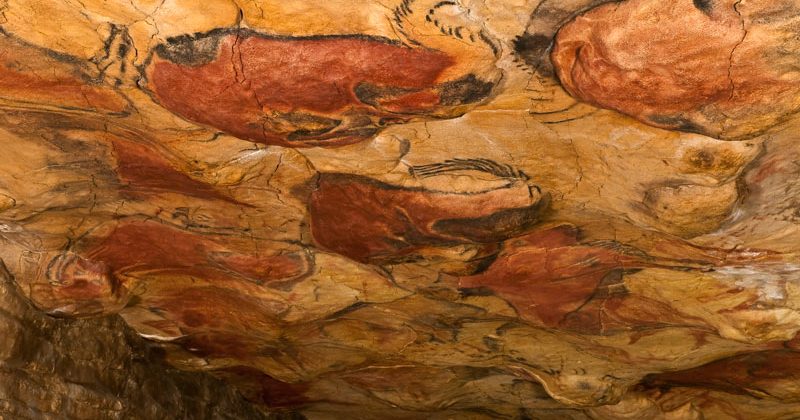
Maritime Museum of the Cantabrian Sea, in Santander
The promontory of San Martín and the beach of Los Peligros serve as an enclave for this museum dedicated to the sea, cultural traditions and maritime technology.
Throughout more than three thousand exhibition square meters, the museum reflects the links that, along the years, have united man with the sea. This analysis is embodied in four sections: the first one, called “Life in the sea”, related to biodiversity, habitats and ecological systems. The second, “Fishermen and fisheries”, is dedicated to the fishing life. The third, “The Bay of Biscay and the sea in history,” reviews maritime history. Finally, the fourth one, with the name “Technological vanguard in front of the sea”, focuses on technology.
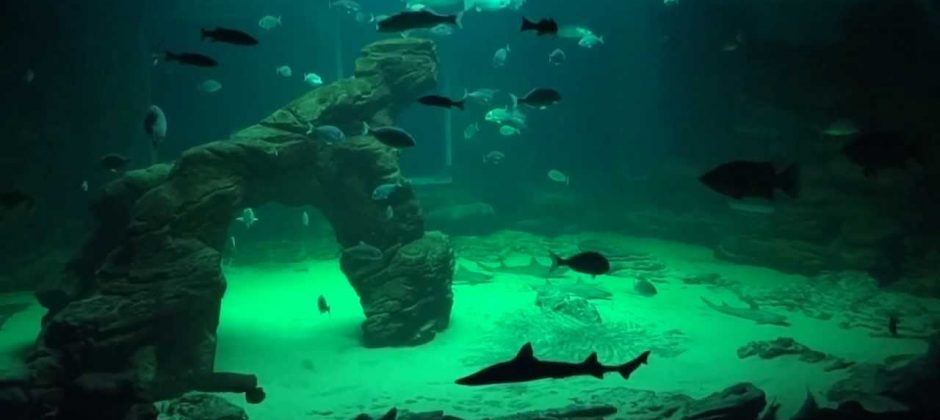
Euskadi
Guggenheim Museum, in Bilbao
We are before one of the most international museums in Spain. The Guggenheim was inaugurated in 1997, and was designed by American Frank Gehry, symbolizing a ship anchored on the banks of the Nervion. Since its opening, among the acquisitions of the museum have highlighted the works created from the mid-twentieth century to the present, which complement the funds of the Solomon R. Guggenheim Foundation.
The Guggenheim, which gathers more than one million visitors each year, is not limited to exhibition spaces. Inside, there is a visitor orientation room, an Auditorium with 300 seats, a shop-bookshop, a café, and the gastronomic restaurant “Nerua”, which has a Michelin star.

Balenciaga Museum, in Getaria
This museum is the first in the world to be dedicated exclusively to a designer. Its location was chosen taking into account the birthplace of the famous couturier Cristóbal Balenciaga. Its exhibitions are divided into two groups: on the one hand, the museum temporarily exposes part of the dress designer’s collection and, on the other, it is used as an enclosure for other types of temporary exhibitions and various leisure activities.
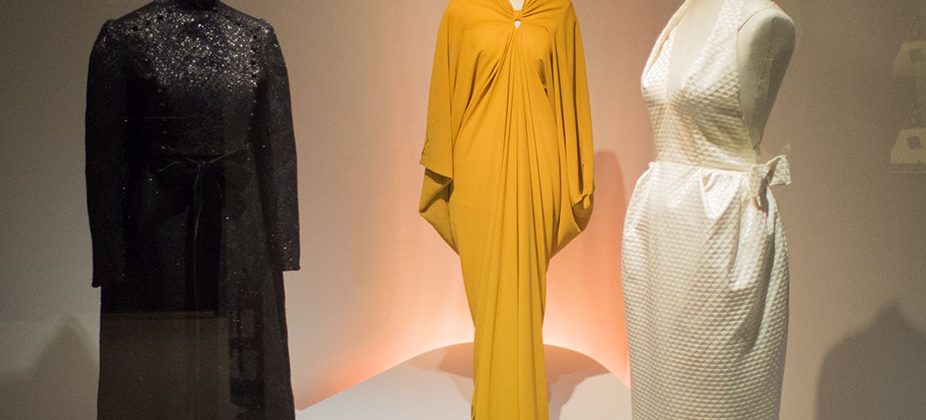
Museum of San Telmo, in San Sebastián
Opened in 1902 in what was a convent of Dominicans of the sixteenth century, this is the oldest museum in Euskadi. All its facilities were renovated in 2011, including its Renaissance cloister and its old church decorated with canvases by the artist José María Sert. The museum gathers pieces for future generations to take into account the patrimonial wealth and the evolution of Basque society.
